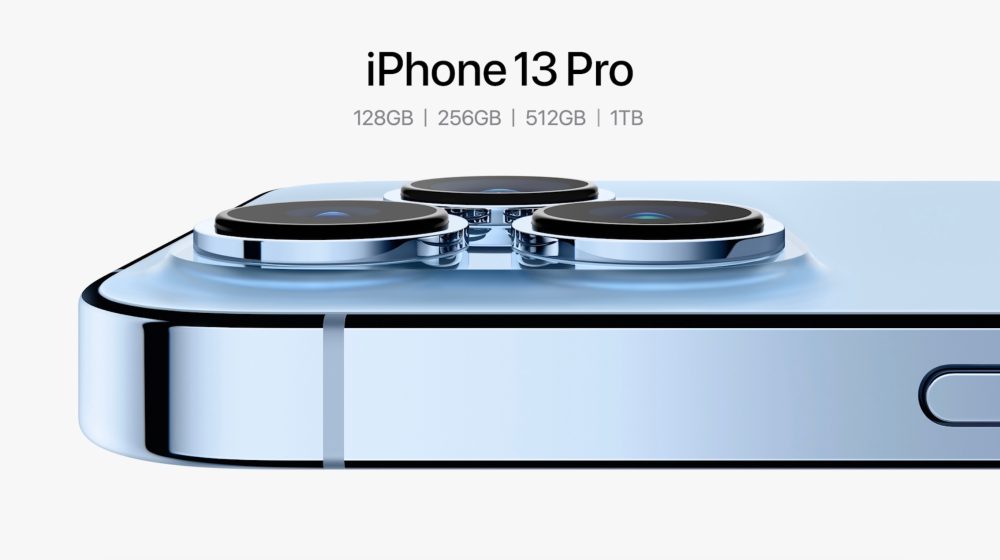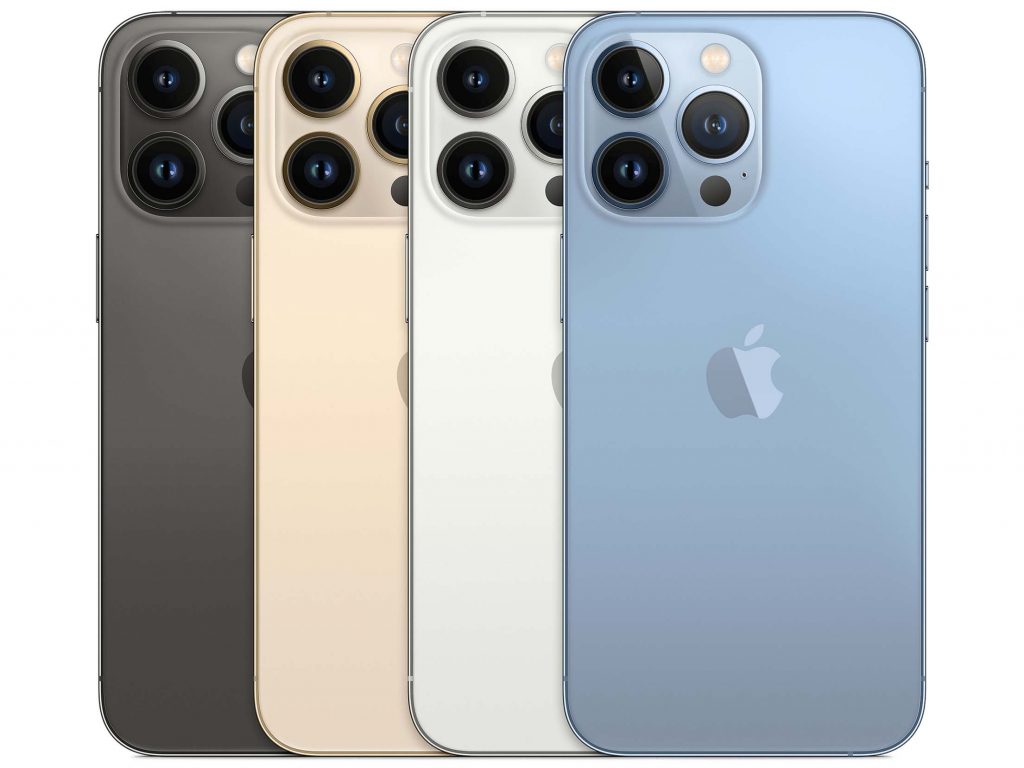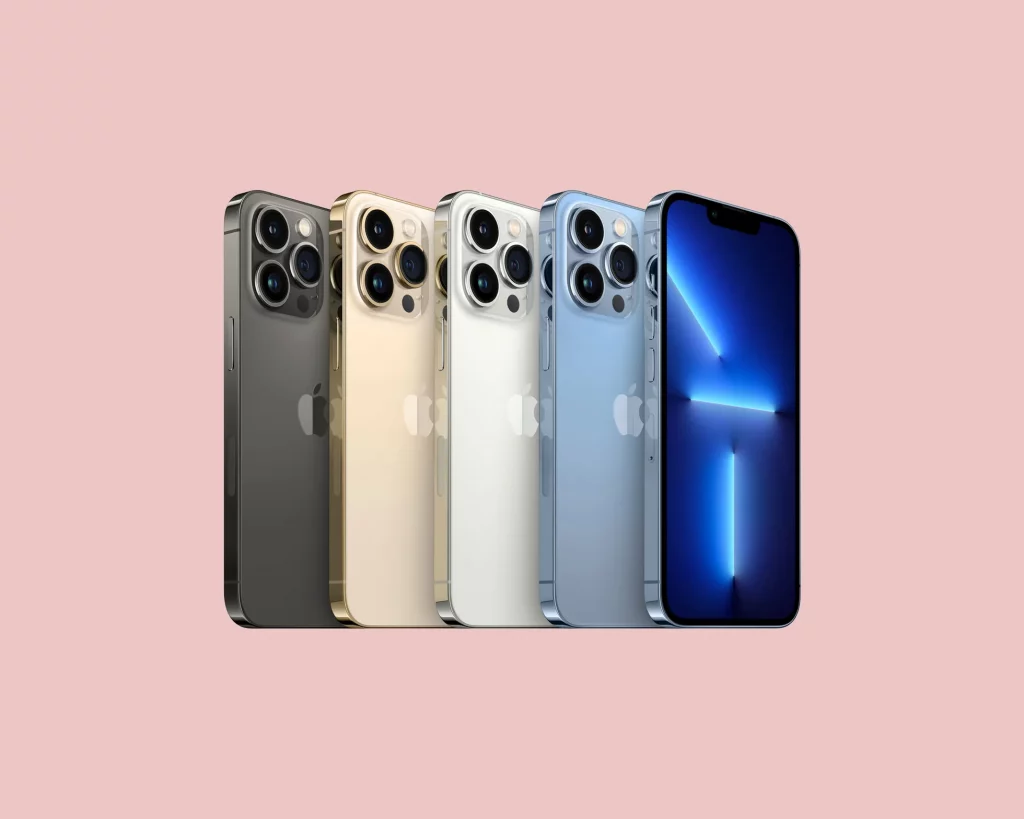Apple Releases New iPhone 13 with Impressive features

Apple unveiled the iPhone 13 Pro and iPhone 13 Pro Max, extending the frontiers of what a smartphone can do. Both versions have been completely redesigned on the inside and out, and include an all-new Super Retina XDR display with ProMotion, which has an adjustable refresh rate of up to 120Hz, making the touch experience quicker and more responsive. The pro camera system receives its most significant improvement yet, with new Ultra Wide, Wide, and Telephoto cameras that take breathtaking photographs and video and are driven by the unrivaled performance of A15 Bionic, which is more powerful than the competition. These technologies offer stunning new photo capabilities never before available on an iPhone, such as macro photography on the new Ultra-Wide camera and up to 2.2x enhanced low-light performance on the new Wide camera. Photographic Styles, a new computational photography feature, personalizes the aesthetic of photographs in the Camera app, and both models now support Night mode on all cameras.

Furthermore, With Cinematic mode, the video takes a significant step ahead with breathtaking depth-of-field transitions, macro footage, Time-lapse, and Slo-mo, and even improved low-light performance. Both versions also provide end-to-end professional workflows in Dolby Vision and, for the first time, ProRes, which is exclusively accessible on the iPhone. The iPhone 13 Pro and iPhone 13 Pro Max also have 5G with more bands for better coverage, significant improvements to battery life for the best battery life ever on an iPhone with the iPhone 13 Pro Max, a new storage capacity of 1TB, and the Ceramic Shield front cover, which is tougher than any smartphone glass.

The iPhone 13 features a 6.1-inch display, while the iPhone 13 mini has a 5.4-inch display. They both have Apple’s Ceramic Shield cover glass, which provides better drop protection.
The Super Retina XDR display is 28% brighter, reaching 800 nits for standard content and 1200 nits for HDR. Furthermore, the P3 color gamut and high pixel density make text stand out and photographs and movies look clearer.
The new ProMotion variable refresh screens have been reserved for Apple’s professional models. The basic iPhones retain the previous generations’ 60Hz refresh rate.
Apple made little changes to the rear wide-angle camera, which still has the same f/1.6 aperture and 12MP sensor. Because of the new diagonal camera orientation, the new wide lens incorporates sensor-shift optical image stabilization. However, Apple claims that it collects 47% more light than before.
The most significant upgrade is in the ultra-wide-angle camera since it has far improved low-light performance over the iPhone 12. It is also capable of shooting night mode photos for the first time.
Cinematic Mode, like Portrait Mode for pictures, is an algorithmic video tool. It artificially produces bokeh (the effect of a soft out-of-focus background that you get when shooting a subject) around the target while smartly tracking them. It also recognizes when the subject changes or when someone moves their gaze away from the camera.
Because this effect is generated by an algorithm, it may be tweaked after recording. Furthermore, Apple claims that contemporary smartphones running iOS 15 can edit the film, with Mac editing functionality coming in a later release.
Another feature that makes use of Apple’s superior photography processing is Photographic Styles. Users may program the camera to capture their photographic style while shooting by creating preset rules. These aren’t filters, but clever processing changes that take skin tone and the environment into consideration.

Overall, the new iPhone 13 is a great new advancement in the iPhone industry, with new great advancements, and important features added to the stunning new design.
More articles discussing the new release and specs:
https://www.apple.com/iphone-13-pro/specs/
https://9to5mac.com/guides/iphone-13/
https://www.apple.com/newsroom/2021/09/apple-introduces-iphone-13-and-iphone-13-mini/
